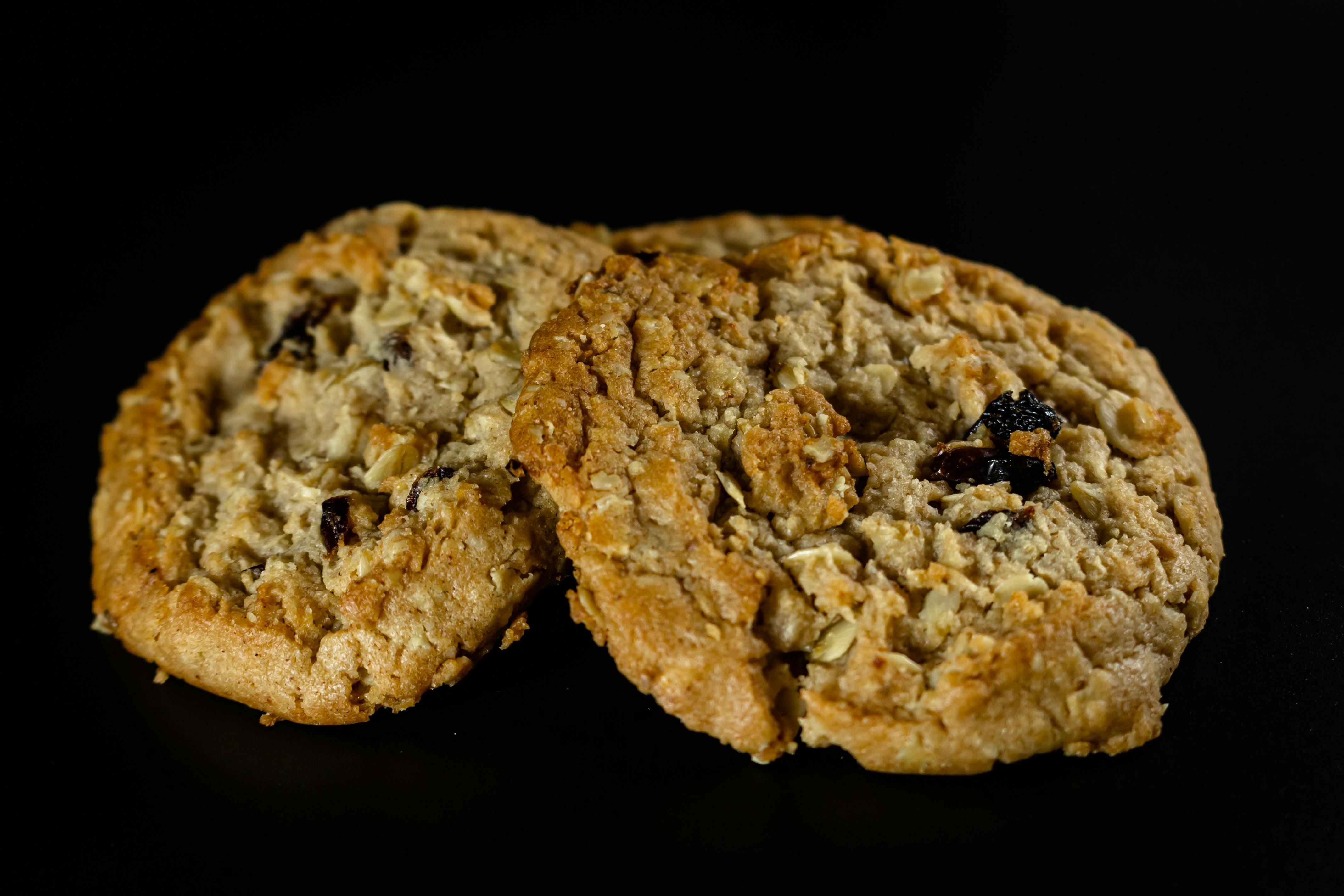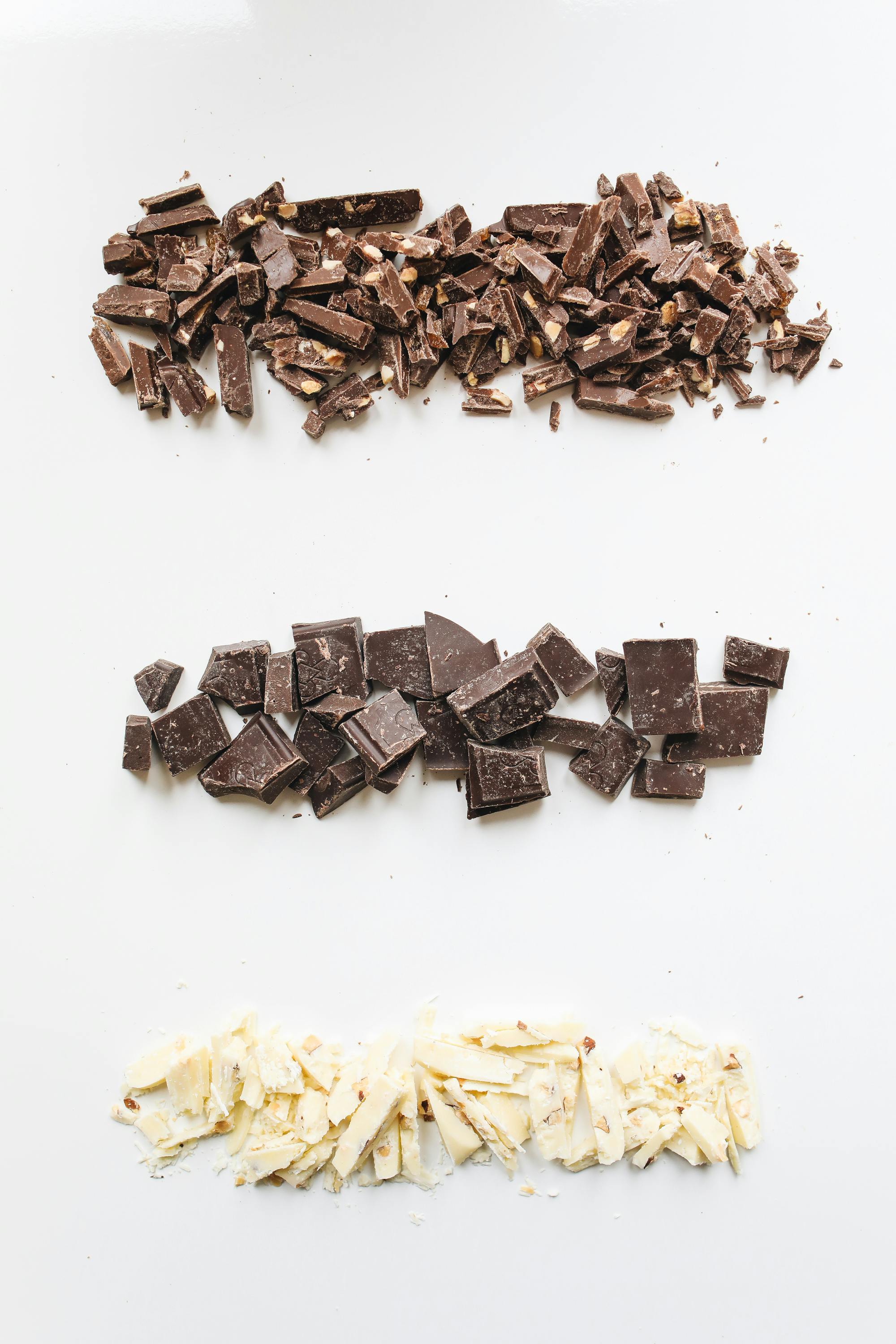Apply Now
Effective Ways to Use Keto Spaghetti Squash in 2025
Overview of Keto Spaghetti Squash
Keto spaghetti squash is a versatile, low-carb alternative to traditional pasta that has taken the culinary world by storm. With the rise of the ketogenic diet, many enthusiasts are looking for creative and healthy low carb recipes to satisfy their pasta cravings without hindering their dietary goals. Spaghetti squash not only provides a gluten-free pasta alternative but also comes packed with nutrients that can benefit your health.
One of the standout features of spaghetti squash is its ability to mimic the texture of noodles when cooked properly. This allows for endless meal ideas—from savory spaghetti squash topped dishes like marinara and alfredo to unique variations such as spaghetti squash casserole or pizza bake. Moreover, the squash is incredibly low in calories and carbohydrates, making it an excellent choice for those seeking to lose weight or maintain a healthy lifestyle while enjoying delicious meals.
This article will explore various effective ways to incorporate spaghetti squash into your recipes, focusing on cooking methods, nutritional benefits, and practical meal prep tips to make it an integral part of your keto diet.
Benefits of Spaghetti Squash
Spaghetti squash not only serves as a guilt-free substitute for traditional pasta but also boasts numerous health advantages, making it a staple in the ketogenic lifestyle. First, its low carbohydrate content aligns well with the requirements of keto diets, which emphasize reducing carb intake to promote fat burning. A typical serving of spaghetti squash contains only about 6 grams of carbs, providing a safe way to enjoy pasta without exceeding daily carb limits.
Additionally, the squash is rich in nutrients, including vitamins A and C, potassium, and fiber. Fiber is especially beneficial for digestive health, assisting in regularity and potentially aiding in weight loss by enhancing feelings of fullness. Incorporating spaghetti squash into meals can also help you achieve balanced nutrition, especially when complemented with protein-rich foods or healthy fats.
Lastly, spaghetti squash is incredibly versatile, lending itself to various cooking methods, such as roasting, baking, or steaming. This adaptability makes it easy to create a wide array of satisfying and nutritious low carb vegetable recipes.
How to Cook Spaghetti Squash: Methods and Tips
Step-by-Step: Roasting Spaghetti Squash
One of the most popular methods for cooking spaghetti squash is roasting. This technique enhances the natural sweetness of the squash while offering a caramelized flavor that complements various dishes. To roast spaghetti squash, start by preheating your oven to 400°F (200°C). Cut the squash in half lengthwise and scoop out the seeds. Drizzle the insides with olive oil, season with salt and pepper, and place the halves cut-side down on a baking sheet.
Roast for about 30-40 minutes until the flesh is tender. Once done, allow the squash to cool slightly before using a fork to scrape the insides into noodles. Roasted spaghetti squash is perfect for pairing with creamy spaghetti squash sauce or your favorite marinara for a hearty meal.
Alternative Cooking Techniques for Spaghetti Squash
While roasting is a favorite, there are other effective cooking techniques to prepare spaghetti squash. Another option is to steam it, which can reduce cooking time and retain more nutrients. To steam, place the squash halves in a steamer basket over boiling water, cover, and steam until tender, roughly 15-20 minutes.
You can also microwave spaghetti squash for a quick and easy meal prep solution. Simply pierce the squash skin with a fork, place it in the microwave for 10-12 minutes, flipping halfway through. After cooking, allow it to sit for a few minutes to ensure even cooking before cutting and enjoying your squash noodles.
Common Mistakes to Avoid When Cooking Spaghetti Squash
When venturing into cooking spaghetti squash, beginners might encounter some common pitfalls. One frequent mistake is undercooking the squash, which can lead to hard, unappealing noodles. Ensure that you test for tenderness by piercing with a fork.
Another common issue is cutting the squash improperly, which can make cooking more difficult. Always slice the squash lengthwise, as this helps create longer “noodles” that mimic traditional pasta. Finally, seasoning is crucial; don’t forget to enhance flavors with herbs, spices, or a drizzle of olive oil.
Delicious Keto Spaghetti Squash Recipes
Easy Keto Pasta Alternatives: Casseroles and Bakes
Casseroles made with spaghetti squash provide a hearty and satisfying low carb dinner option. For example, a cheesy spaghetti squash casserole combines the rich flavor of cheese with the subtle sweetness of the squash. To prepare, mix cooked spaghetti squash strands with eggs, cheese, and your choice of vegetables or proteins. Pour into a baking dish and bake until golden and bubbly.
Similarly, try making a spaghetti squash carbonara by tossing roasted strands with a creamy egg sauce, pancetta, and parmesan. This dish offers a delightful blend of flavors that feels indulgent yet adheres to keto-friendly guidelines.
Low Carb Comfort Food: Spaghetti Squash Alfredo
Another fantastic keto recipe is spaghetti squash alfredo, which takes less than 30 minutes to whip up. Start with roasted spaghetti squash and create a simple alfredo sauce by combining heavy cream, butter, and parmesan cheese. Pour the sauce over the warm squash and mix until evenly coated. Garnish with fresh parsley for a touch of color and flavor.
This cuisine not only fulfills comfort food cravings but also aligns perfectly with low carb lifestyle choices, showing that you can enjoy flavorful meals without straying from your dietary goals.
Nutritious Summer Recipes: Spaghetti Squash Salad
For those warmer months, consider incorporating spaghetti squash into fresh salads. Simply roast the squash in advance, cool, and toss it with cherry tomatoes, cucumbers, basil, and a light vinaigrette. This vibrant dish offers a filling yet refreshing meal that is perfect for summer picnics or family gatherings.
Additionally, you can elevate this dish by adding grilled chicken or avocado for a nutrient boost, perfectly aligning with the principles of healthy eating on a keto diet.
Meal Prep Tips with Spaghetti Squash
Creative Ideas for Efficient Meal Prep
Meal prep is essential for staying committed to a keto diet, and spaghetti squash can play a pivotal role in your planning. Begin by cooking several spaghetti squash at once, then store the strands in airtight containers for quick access throughout the week. Use them in various meals, from salads to casseroles, providing a nutritious base for your lunch or dinner.
Incorporating cooked spaghetti squash into bulk cooking can also simplify your weeknight dinner planning, allowing for quick combinations with protein sources like chicken or shrimp.
How to Store Leftover Spaghetti Squash
To maintain freshness, store leftover spaghetti squash in an airtight container in the refrigerator for up to five days. If you notice the noodles releasing water, simply drain before reheating. For longer storage, consider freezing cooked squash strands, which can last up to three months. When ready to use, reheat in the microwave or sauté briefly on the stovetop.
Ensure to label your containers with the date and contents to keep your meal prep organized and efficient.
Using Spaghetti Squash for Quick Keto Meals
For a quick keto meal, simply combine cooked spaghetti squash with prepped proteins and sauces. Consider preparing a batch of creamy spaghetti squash with your favorite keto sauce and toppings. Keep in mind that simplicity can go a long way; sometimes, the best dishes come together with just a few quality ingredients.
Having prepped ingredients ready will allow you to whip up nutritious spaghetti squash dishes without added stress, aligning with the busy lifestyles many individuals lead today.
Health Benefits of Spaghetti Squash
Nutrition Facts and Advantages
Spaghetti squash is certainly not only a pasta substitute; it offers an array of nutrition that contributes significantly to a balanced diet. A one-cup serving of spaghetti squash provides approximately 42 calories, 10 grams of carbohydrates, and 2 grams of protein. In addition to being low in calories, it is rich in dietary fiber, which is essential for a healthy digestive system and may aid in weight management.
Furthermore, the vitamins and minerals present in spaghetti squash highlight its health advantages. With significant amounts of vitamin A, vitamin C, and potassium, it can assist in improving immune function, skin health, and overall physical well-being.
Spaghetti Squash for Weight Loss
Pursuing weight loss doesn’t have to result in deprivation. Incorporating spaghetti squash into a low-calorie meal plan allows enjoyment without the added guilt associated with traditional pasta. The high fiber content promotes satiety while keeping calorie intake manageable.
By replacing higher-calorie pasta options with spaghetti squash noodles, you can enjoy satisfying meals without overindulging in carbs. This makes it an ideal option for individuals looking to shed excess pounds while still relishing their favorite comfort foods.
Final Thoughts on Spaghetti Squash in Your Diet
Understanding how to effectively incorporate spaghetti squash into your diet can significantly improve your keto lifestyle. This versatile vegetable not only serves as a healthy, low-carb alternative to traditional pasta but also provides myriad health benefits, making it a wise addition to your meal plans.
Embrace the many different ways to prepare spaghetti squash, explore creative dishes, and leverage its nutritional value for effective meal prepping. By doing so, you can enjoy delicious and filling meals that are sure to support your health goals and enhance your culinary repertoire.




